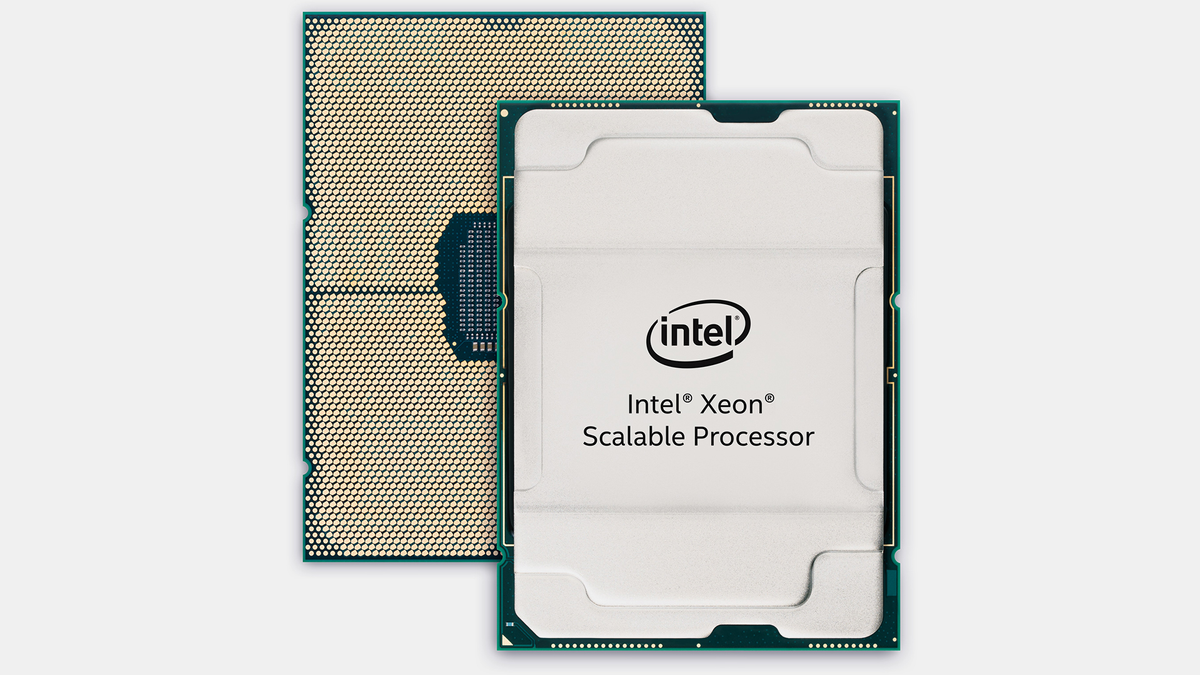Fuck everything about this

 www.tomshardware.com
www.tomshardware.com
Glad I stuck with AMD.

Intel's Pay-As-You-Go CPU Feature Gets Launch Window
Intel's software-upgradeable CPUs to be supported by Linux 5.18 this Spring.
Glad I stuck with AMD.


